Bibliographic commentary
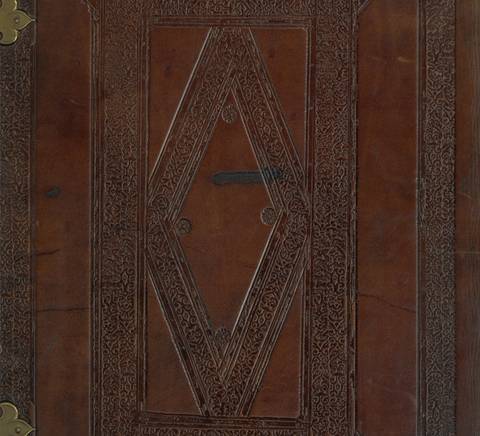
Bible
At the exhibition, visitors can admire a facsimile copy of the Gutenberg Bible, also known as the "42-line Bible." The original is a bibliographic treasure of incalculable historical and economic value that marks the beginning of the printing era. This invention represents a turning point in the history of knowledge dissemination, a crucial technological advancement during a time of increasing demand for books that could not be met by manually produced manuscripts. Its impact on culture, education, the 16th-century Protestant Reformation, and society was profound and enduring, laying the foundations for modern global communication.
Initially printed by Johannes Gutenberg in Mainz around 1454, with its final edition published by Fust and Schöffer in 1456, it is considered a monumental work, not only as the first book printed using movable type but also for its extraordinary quality. The original print run consisted of approximately 180 copies: 150 on paper and 30 on vellum. Today, around 40 copies survive worldwide, only 20 of which are complete. It contains 1,282 pages, typically bound in two volumes, with each page featuring two columns of 42 lines. It uses Gothic script, prevalent in early printing, and is printed in two inks with blank initials for later illumination. Each copy is unique due to personalized binding and decoration.
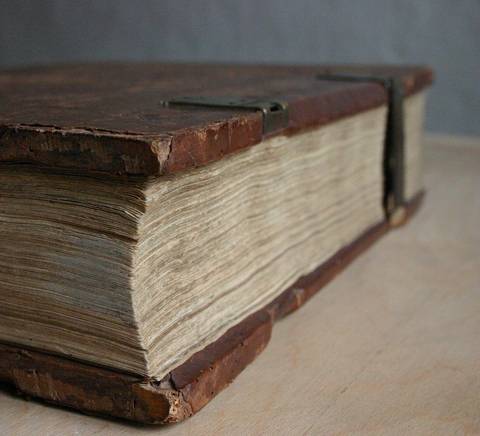
Spain houses two copies: the first, incomplete, is held at the University of Seville. This New Testament has ties to the Jesuit Order as it originated from their Professed House in Seville. Initially a Humanities College (1558), it became a Professed House in 1579 until the Jesuits were expelled by Charles III in 1767. From 1771 onward, it served as a university site until its relocation in 1954.
This "Sevillian and Jesuit" volume is printed on paper with exquisitely decorated initials featuring miniatures and bound in Dutch style, likely from the 19th century. The second copy belongs to the State Public Library in Burgos and is one of the few complete editions worldwide. It consists of two volumes with remarkable illumination and Renaissance binding. It arrived at the library through a donation from Luis de Maluenda, canon of Burgos Cathedral, to the San Juan de Ortega Monastery in 1488. It was rediscovered among the library's holdings by Matías Martínez, its director in the early 20th century.
The presence of two Gutenberg Bible copies in Spain constitutes valuable testimony to the country's rich bibliographic heritage and highlights the historical significance of the Jesuit cultural.


The facsimile displayed at the exhibition, produced by Vicent García Editores in Valencia (1995), stands out for its technical rigor and historical fidelity. It replicates the copy preserved in Burgos and was created as a limited and numbered edition of 690 copies. Bound in leather over wooden boards with metal fittings, it reproduces the original dimensions, watermarks, and laid paper used by Gutenberg in 1454.
This magnificent edition showcases Gutenberg's technical perfection and serves as a key piece for understanding book history and cultural dissemination during the Renaissance. It was generously donated by José López Calo, SJ (1922–2020), emeritus professor at the University of Santiago de Compostela, to Comillas Pontifical University, a legacy reflecting his lifelong commitment to promoting cultural and religious heritage as an eminent musicologist.
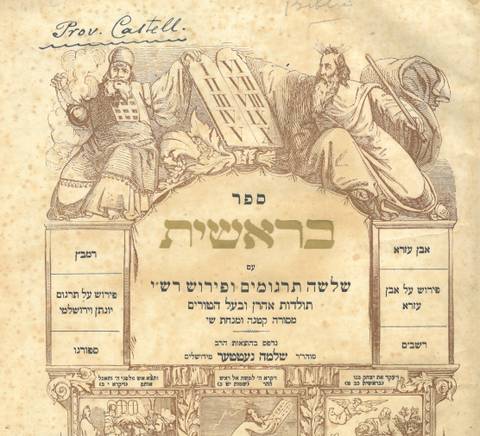
Torah
The Torah on display is a remarkable Viennese edition from 1859, notable for its historical significance and contribution to the study and understanding of the Hebrew text. This work consists of five volumes, each dedicated to one of the books: Bereshit (Genesis), Shemot (Exodus), Vayikra (Leviticus), Bemidbar (Numbers), and Devarim (Deuteronomy). The exhibition features the first two volumes, Genesis and Exodus, which provide a fascinating window into the origins and liberation of the Jewish people.
The edition includes the commentary of Rashi, an acronym for Rabbi Shlomo Yitzhaki, a prominent Jewish scholar of the 11th century. Born in 1040 in Troyes, France, Rashi became a central figure in Ashkenazi Judaism and left an indelible mark on classical rabbinic literature. His commentary on the Torah is considered his masterpiece and one of the most influential works in Jewish history. Rashi's insights combine linguistic precision with profound spiritual depth, making his work essential for understanding both the Torah and Talmud.

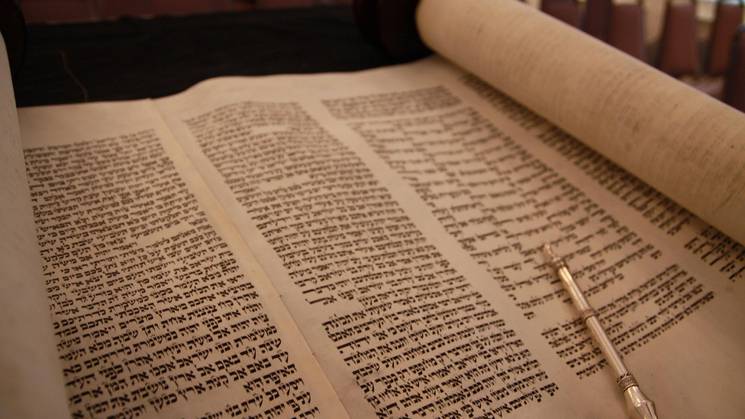
This magnificent edition allows visitors to appreciate the linguistic richness and spiritual profundity of Judaism's foundational texts, presented in a format that blends scholarly rigor with typographical beauty. It is a valuable piece of historical heritage from the Pontifical Comillas University, originating from the rich bibliographic collection of the Society of Jesus in Marneffe, Belgium. This institution served as an intellectual and spiritual refuge for Jesuits exiled from Spain following the dissolution of their order in 1931.
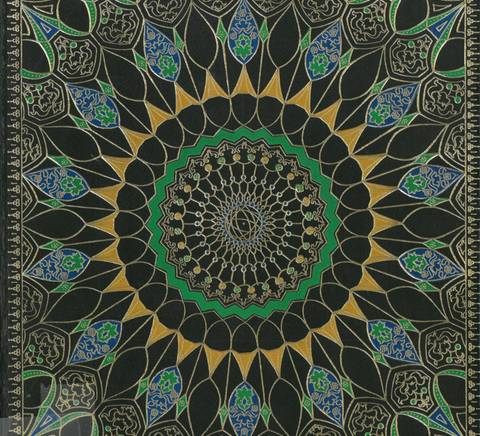
Quran
The Quran, the sacred text of Islam, has been the subject of numerous editions. Among them, we highlight a masterpiece of bibliophilia published in 1980 by the Editora de los Amigos del Círculo del Bibliófilo. This bilingual Spanish-Arabic edition, featuring the Spanish translation by Vicente Ortiz de la Puebla, combines editorial artistry with Islamic spirituality. Its limited print run of 1499 numbered copies enhances its exclusivity and appeal to collectors and bibliophiles. Bound in full leather adorned with delicate mosaics in shades of blue and green, gold embossing, and gilt-edged pages, it stands as a bibliographic gem. Each page is beautifully decorated with two-tone borders, a design that not only accentuates the religious content but also transforms this book into an object of aesthetic contemplation.
Beyond its religious function, this magnificent edition of the Quran serves as tangible evidence of how sacred words can inspire the creation of true works of art, transcending their original purpose to become a symbol of cultural and spiritual richnes.

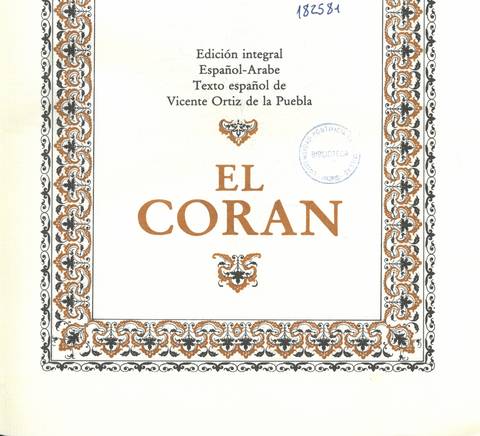
The translation by Vicente Ortiz de la Puebla, pseudonym of Francisco Nacente y Soler (1841–1894), a prominent 19th century writer, editor, translator, and historian, is based on the French version by orientalist Albert Kazimirski published in 1840. Despite being a retranslation, it is recognized for its innovative and accessible approach by enriching the text with explanatory notes and commentary that facilitate understanding. This pioneering work played a key role in spreading Islam in Spain and marked a milestone in its time.
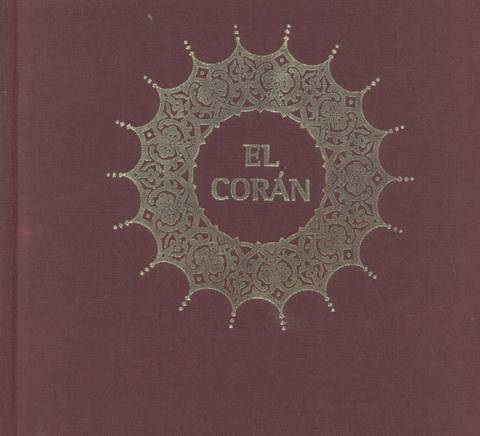
The second selected edition of the Quran is the one prepared by Arabist Julio Cortés Soroa (1924–2009) and published by Herder in 1999. It is a translation based on the official Arabic text sponsored by King Fuad I of Egypt in 1923. This version is known as the Amiri Quran or Cairo Edition and holds great historical and religious significance. Originally published on July 10, 1924, it was the result of a project that began in 1907 under the supervision of prominent scholars from Al-Azhar University and marked a turning point in Islamic history as it was the first printed Quran recognized by a Muslim authority.

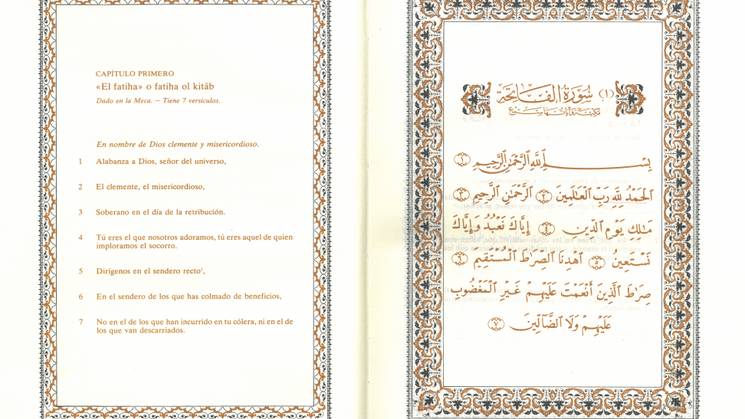
Julio Cortés’ work stands out for its thoroughness and academic rigor. This bilingual edition juxtaposes the original Arabic text with a carefully crafted Spanish translation, enabling deep comparative study. The work is enriched with an introduction that places readers within the historical and cultural context of the text, a glossary of Quranic terms, and an analytical index. This combination of elements makes Cortés' edition an important reference for scholars and readers interested in Islam within the Spanish-speaking world.
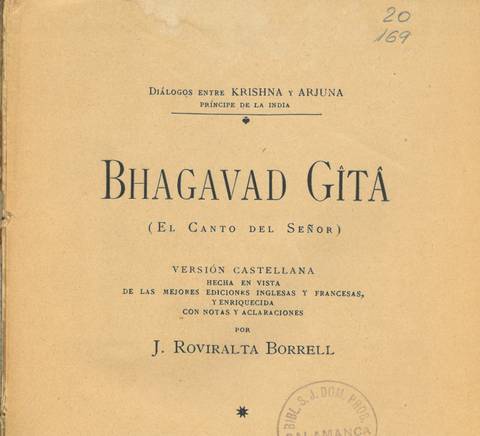
Bhagavad-gītā
The Bhagavad-gītā has been highlighted through two notable editions, showcasing its significance as a sacred Hindu text. The first is the Spanish translation by José Roviralta Borrell (1856–1926), published in Barcelona in 1896. This version marked a milestone in disseminating the classical Hindu text among Spanish-speaking readers and is distinguished by its valuable notes that facilitate understanding of the complex philosophical and religious concepts in the original Sanskrit. Edited by Serra Hermanos y Russel, renowned for their high-quality printing under the emblematic “La Academia,” this edition played an important role in Barcelona's publishing and typographic landscape during the late 19th and early 20th centuries.

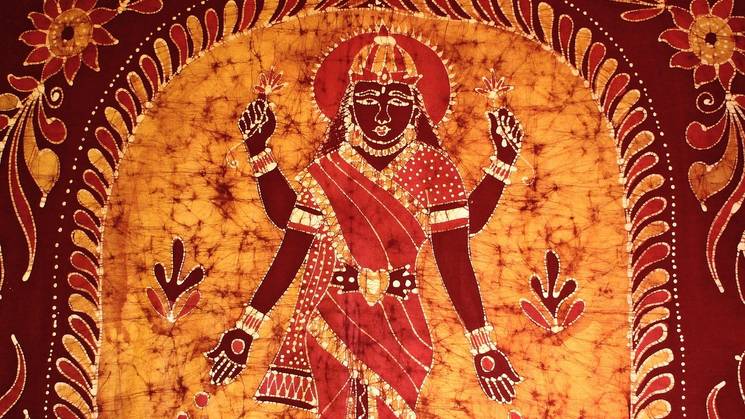
Josep Roviralta, the translator, was a prominent figure in introducing and promoting Theosophy in Spain during the same period. His work contributed to incorporating new philosophical and spiritual ideas into Spain's intellectual panorama.
Beyond spiritual texts, Roviralta is also celebrated for his translation of Johann Wolfgang von Goethe's Faust, which was revised and prefaced by Francisco Ayala, demonstrating the lasting quality of his contributions
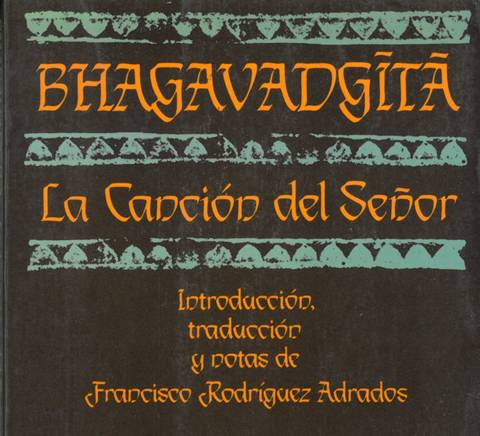
The second edition of the Bhagavad-gītā selected is the one published by Edhasa in 1988, titled The Song of the Lord. This literary and academic gem was translated from Sanskrit by the renowned philologist and Hellenist Francisco Rodríguez Adrados (1922–2020). With his extensive expertise and scholarship, Adrados achieves a balance between fidelity to the original text and accessibility for readers. His introduction and explanatory notes provide valuable cultural and historical context, enabling readers to delve into the philosophical and spiritual depths of this sacred Hindu text.
This translation is considered essential for anyone interested in Eastern philosophy, spirituality, or classical literatura.

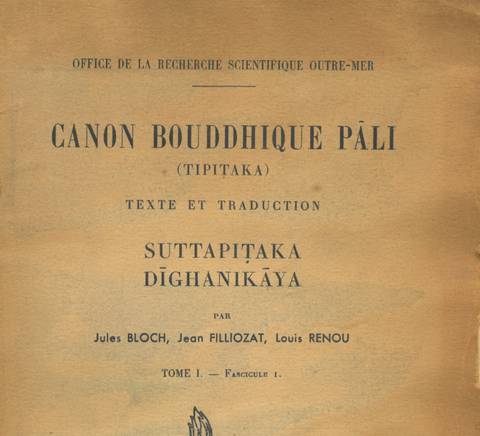
Tipitaka
Two works have been selected that significantly contribute to the study and dissemination of Buddhism in the West. The first is the edition of the Pali Buddhist Canon (Tipitaka) published in Paris in 1949 by Librairie d'Amérique et d'Orient, a scholarly gem. This bilingual work presents 97 pages of text in Pali alongside its French translation on facing pages, facilitating direct access to Buddhist teachings in their original language.
The translation, carried out by the eminent French Indologist Louis Renou (1896–1966), adds notable value to this edition. Although the project remained unfinished, the 1949 edition stands as an invaluable testament to academic efforts to bring Buddhism closer to the West. Its recent reprint in 2023 underscores the continued relevance of this work in Buddhist studies.
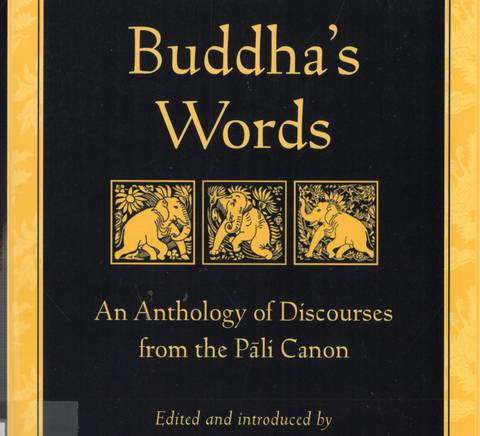
The second, In the Buddha’s Words, edited by Bhikkhu Bodhi and published in 2005 by Wisdom Publications, is an essential anthology of Buddha's discourses drawn from the Pali Canon, the oldest record of his teachings. The text is structured into ten thematic chapters covering a wide range of topics, from everyday aspects such as marriage and family relationships to deeper issues like renunciation and the path to enlightenment. Each chapter includes a concise introduction that guides readers toward a deeper understanding of the texts, directly translated from Pali into English by renowned experts
Its editor, Bhikkhu Bodhi (1944–), an American Buddhist monk, is considered one of the world's leading authorities on Theravada Buddhism and presides over the Buddhist Association of America. Bodhi has made significant contributions as a translator, author, and editor of Buddhist texts, and in this selected work, he systematically presents Buddha's teachings in an accessible and comprehensible manner, making this anthology an indispensable resource for both researchers and practitioners.

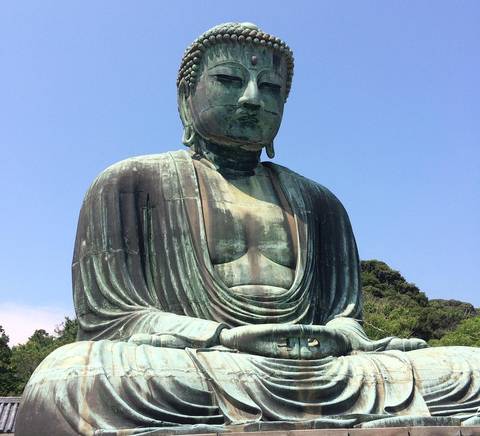
Both works, separated by more than half a century, exemplify the ongoing effort to make Buddhist teachings accessible to Western audiences. While the 1949 edition provides the original text, Bhikkhu Bodhi's anthology offers a structured guide through Buddha's fundamental teachings. Together, these works constitute invaluable resources for anyone interested in deepening their understanding of Buddhism.
